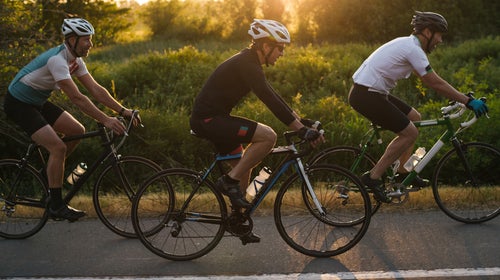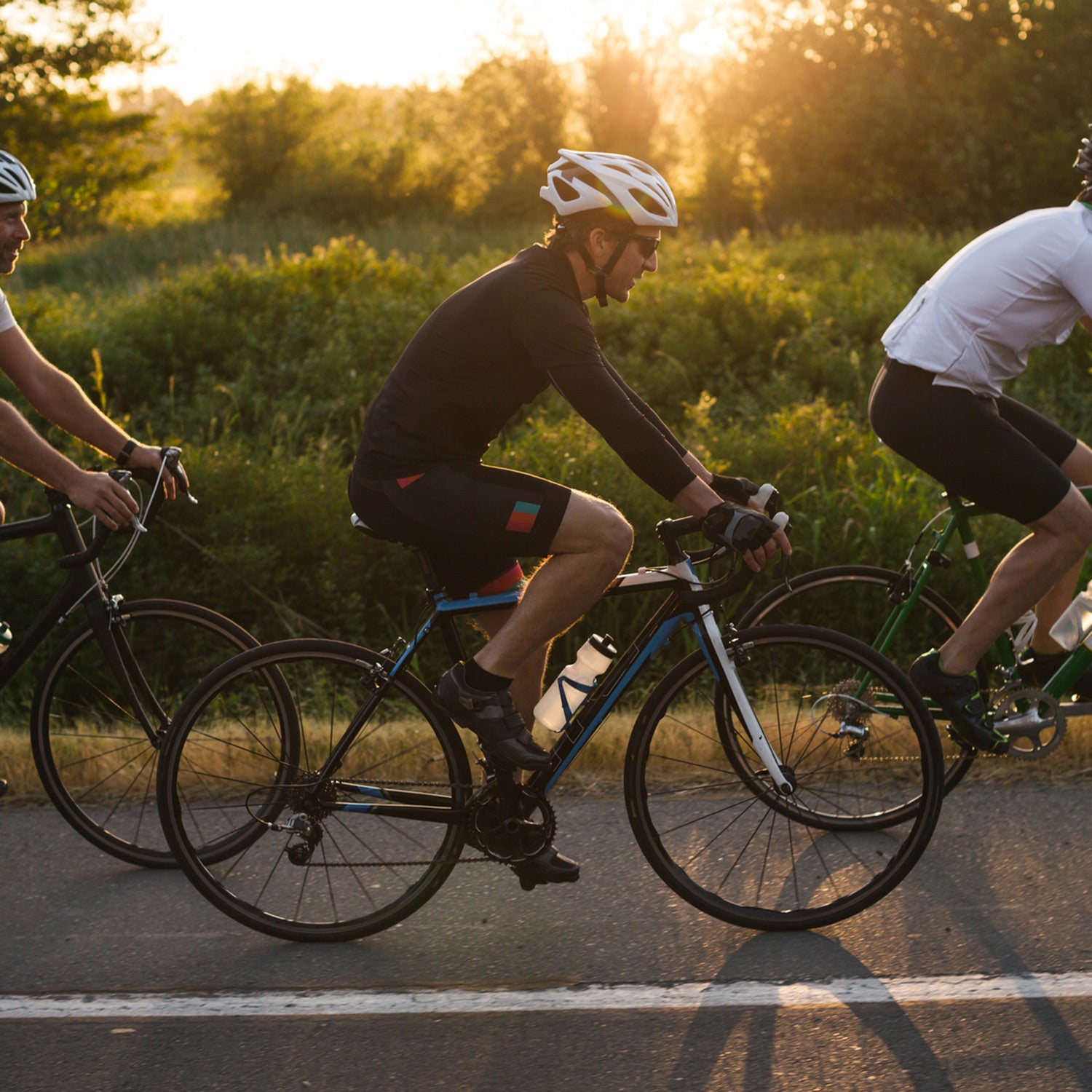Serious cyclists tend to have fragile bones. That’s been known , but it’s still not clear why it happens and what (if anything) to do about it. by a group researchers in the Netherlands, led by Jan-Willem van Dijk of HAN University of Applied Sciences and including a few scientists from the Jumbo-Visma pro cycling team, stirred the pot and provoked from scientists around the world—including a few unexpected viewpoints. Here are some of the highlights.
The Causes
The case of the missing bone density is like one of those Agatha Christie scenarios where there are too many suspects with the motive, means, and opportunity to commit the crime. The obvious culprit is that cycling is a low-impact sport that doesn’t provide jolting impacts to stimulate bone growth and repair. But as researchers Tadej Debevec and Jörn Rittweger point out in an accompanying commentary, track cyclists, especially sprinters, .
It may be that sprinting around the track demands high enough muscle forces to tug on the bone and stimulate bone turnover. Long-distance road cycling, in contrast, involves lower muscular forces. It also demands very long periods of training: pros often spend 20 to 30 hours a week on the bike, covering 300 to 600 miles. The high training load means that they spend the rest of their waking hours sitting or lying down, so they’re not even getting the minor stimulus most of us get from daily life.
The other consequence of super-high training loads is that cyclists spend a lot of time in caloric deficit, or, in the current terminology, with . Sometimes this is even deliberate, since cyclists often try to minimize body weight to maximize power-to-weight ratio. This can compromise hormone levels that control bone metabolism.
Other potential culprits include the loss of as much as 150 milligrams per hour of calcium through sweating, and chronic inflammation and elevated stress hormones due to overtraining, which might interfere with bone repair. Many of these factors also apply to other endurance athletes like runners—but is much more mixed than in cycling, and mostly seems to be associated with low energy availability and very high training loads. That suggests that there is something unique about cycling—probably the lack of impact loading and the ability to rack up huge training hours—that makes bone density more of a concern.
The Consequences
Cyclists do , but mostly in high-speed collisions that no one’s bones would have withstood. Unlike runners, they don’t suffer many stress fractures, precisely because of the lack of repetitive impact loading that weakens their bones in the first place. It’s possible that stronger bones might avoid some of the crash-induced fractures, van Dijk and his colleagues point out, but that’s a very hard claim to test.
The more important consequences are to long-term health. Your bones reach their peak size and density during early adulthood, and after that it’s mostly a gradual decline. The healthier your bones are in your 20s, the less likely you are to end up with osteoporosis: by , increasing peak bone mass by ten percent (which is roughly the deficit seen in elite cyclists) delays the onset of osteoporosis by 13 years. The implication is that masters cyclists and retired pros must be breaking hips and snapping wrists whenever someone drops a feather on them. This claim, too, hasn’t been tested empirically, though it seems like a logical prediction based on the measured bone densities of cyclists. That said, as another accompanying commentary points out, bone density is not the only determinant of bone strength and fracture resistance. The detailed internal microstructure of the bone also matters, and it’s not clear how or if that’s affected by cycling.
Another commentary, from Owen Beck of Georgia Tech and Shalaya Kipp of the University of British Columbia, takes a contrarian view of the consequences. Your bones make up about 15 percent of your total weight, they point out. For a 163-pound person, that’s 24 pounds. If your bone density is reduced by 9.1 percent, as is reported for elite cyclists, that’s a savings of 2.2 pounds. They run the numbers for riding up the Giro d’Italia’s Stelvio Pass, and conclude that lighter bones will save you 68 seconds, far greater than the margin of victory in last year’s Giro.
“Therefore,” Beck and Kipp conclude, “if elite cyclists want to reach the top of the podium, they should not increase their BMD. Alternatively, if elite cyclists wish to prioritize their health, they should adopt a less extreme lifestyle.” Van Dijk and his colleagues, in , dispute those calculations and note the “sensitive ethical dilemma of whether athletes should be willing to win at the expense of a potentially irreversible medical condition.” I suspect that Beck and Kipp’s modest proposal is intended to be deliberately provocative, perhaps to highlight the pitfalls of a win-at-all-cost approach to sport. Given the of athletes to trade away long-term health for short-term success, that’s an issue that needs more discussion.
The Countermeasures
Assuming you don’t want brittle snap-on-demand bones but you also want to cycle fast, what should you do? Van Dijk and his colleagues note that a class of drugs called oral bisphosphonates can increase bone density and reduce fracture risk, but they believe that such drugs should be a last resort, particularly for young athletes. They also emphasize that cyclists should ensure they’re getting enough calories, and enough calcium and vitamin D in their diets. Other emerging but unproven ideas include collagen-rich gelatin and .
Two forms of exercise are considered to be useful for bone health: strength training and impact training. For cyclists, strength training may be less effective because of the “interference effect” between prolonged endurance training and strength gains, though getting enough calories, and in particular enough protein, may limit the interference.
That leaves impact training, which basically means jumping or bounding. Interestingly, the benefits of jumping seem to max out after , so you don’t necessarily have to do super-long impact workouts. In fact, more recent research suggests even smaller doses, done frequently: another response to van Dijk’s paper, from researchers at McGill University, suggests 10 to 20 jumps, three times a day, three times a week. That’s not a big time commitment, and not as arduous as a typical strength training program. Whether serious cyclists would be willing to interrupt their sofa time to jump around for a few minutes remains to be seen—but given the data, it seems like a good idea.
For more Sweat Science, join me on and , sign up for the , and check out my book .


